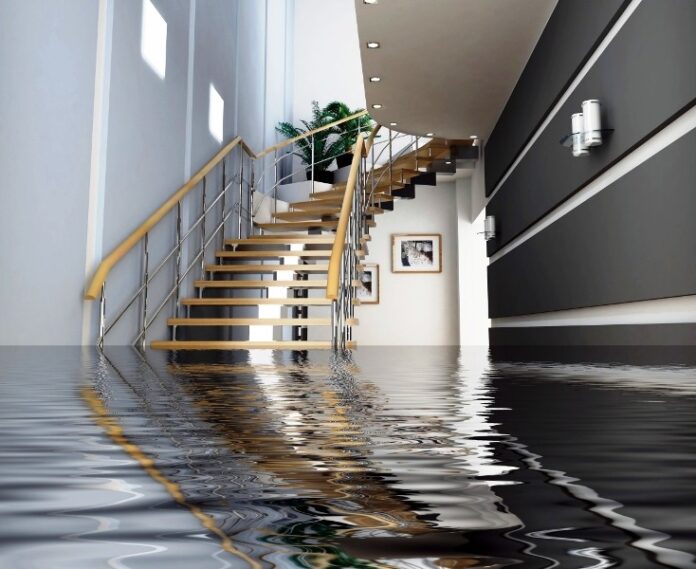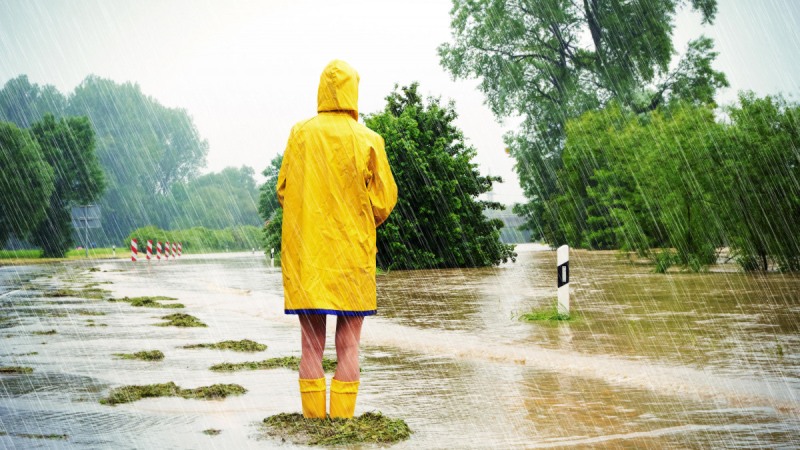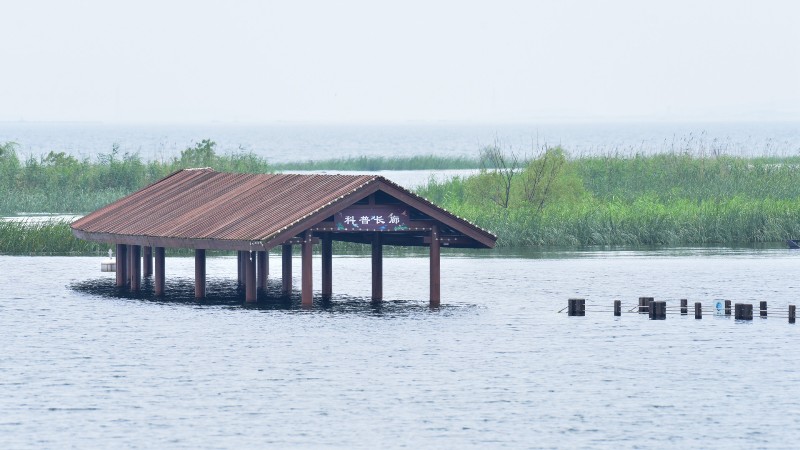Whether you believe in climate change or not, there is little doubt that severe weather patterns are becoming a more common issue. In many cases these damage homes through high winds and flooding. You may live in an area far from the sea or rivers, but that doesn’t mean you can’t experience flooding.
It’s essential that everyone evaluates the risk of flooding and implements these flood control techniques.
Pumps
Most people think of pumps to get the water out of the house after a flooding has occurred. This is certainly one use for them, but they can also help to prevent flooding.
In particular, you should be looking at these mine dewatering pumps. The idea is to create a pit in the basement of your home. This becomes the lowest point of your home. The pit should be big enough to put your dewatering pump in and fill the hole with water.
You don’t actually need the water, simply wire your pump up and run its exit pipe out of your basement and away from the house. The pump has a sensor built into it. When water touches the sensor the pump will switch on, removing the water.
As the pump is in the lowest spot of your home this is where the water will collect first. The pump will remove it. Providing the pump is removing water faster than it is entering your house will not flood.
Gradient
The next best flood control technique is to inspect the land around your home. You need to ensure it slopes away from your house. This will help to carry potential floodwaters away and to the mains drains. If you don’t check this and redesign if necessary, you may find the water is being directed toward your home.
Drains & Gutters
Another important step is to make sure all your gutters are clear and your main drains. These are what carry your water away, if they are blocked they will overflow. This increases the amount of water potentially going into your home.
Plumbing Service
In many cases, flooding is a result of extreme weather. But, it can also be the consequence of old plumbing and a burst pipe. To resolve this you need to have a plumber inspect your pipes annually. They’ll pick up issues before they become a problem and help you to rectify them.
The order your pipes are the more important this is, but it can happen in any home. You’ll need to make sure all your pipes are insulated to prevent them from freezing.
Sandbags
This is something you hope you’ll never need to use but it’s surprisingly effective at keeping the water at bay. Keeping half-a-dozen sandbags handy can create a barrier, allowing you to direct the water elsewhere.
Although it’s generally the last resort, it can make a difference and protect your home. When you’re dealing with flooding, anything you can do to prevent it or reduce the damage is worth considering.




















